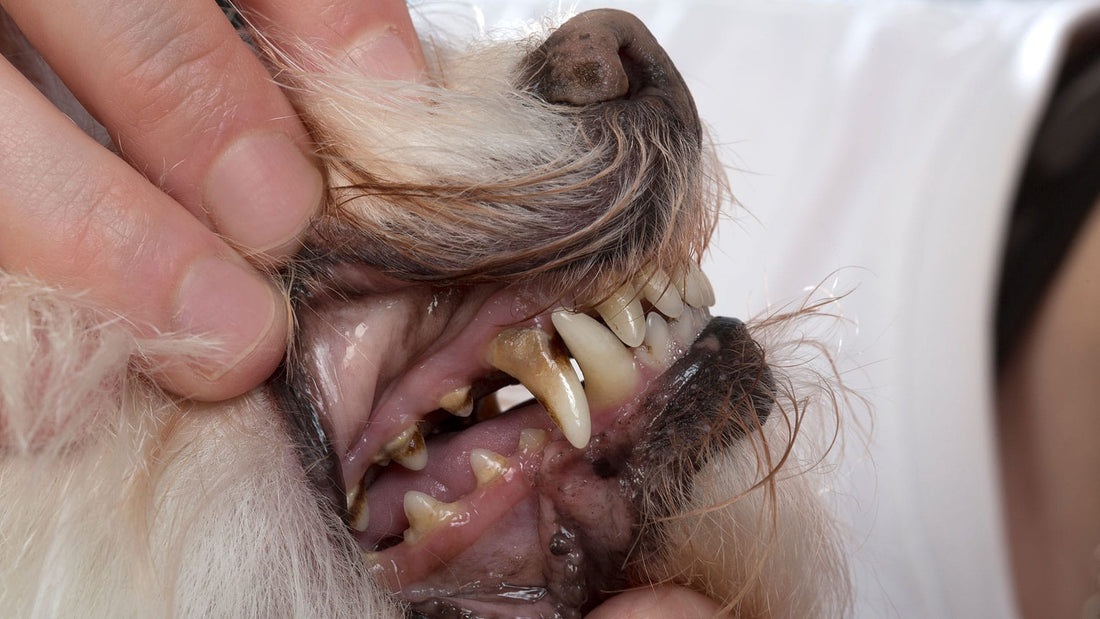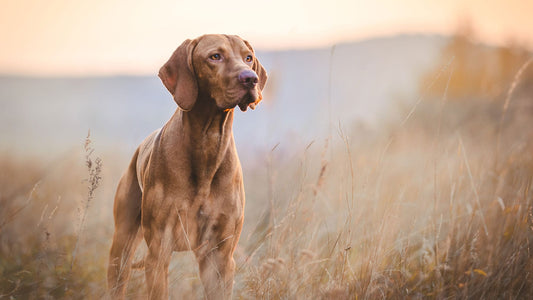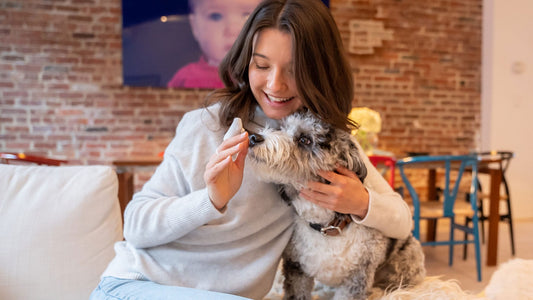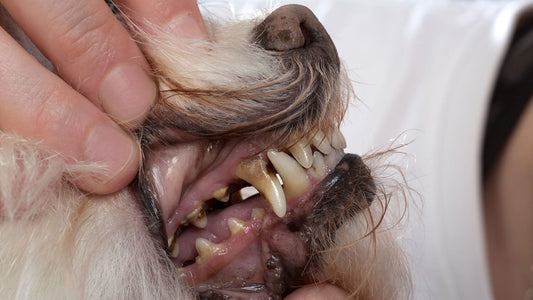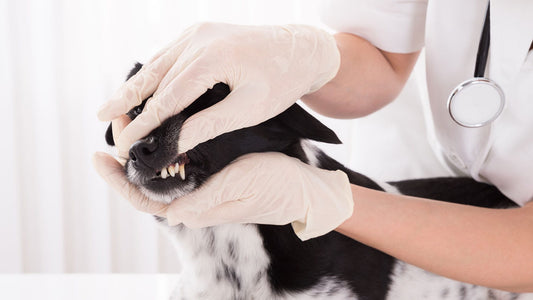Just what is the icky stuff we call plaque that builds up in our mouths and our dog’s mouths? Plaque is actually a less than delightful combination of the foods we’ve eaten, saliva and bacteria. You know it in your own mouth as that fuzzy soft gunk that hides in the spaces between your teeth as well as at the gumline. We’ve all heard the lectures about brushing your teeth twice a day and flossing at least once a day. But what about for your loveable canine companion? It turns out that your pet needs daily dental care as well.
Plaque is also sometimes known as soft tartar which – left to its own devices – will harden and become the brown and even black tough coating we know as tarter or calculus. When it hits that stage for your dog, there is no alternative but to take him to the vet for a cleaning.
To the vet we go!
Your vet will test your dog to make sure she is up to going under anesthetic, before scheduling the cleaning. A proper cleaning must go under your pet’s gumline to get at the tartar and that is not a safe practice for your vet without anesthetizing your dog.
While your fur kid is under anesthesia, your vet will perform a visual examination checking the health of her gums and teeth. Some vets will perform an x-ray to get as clear a picture of your pet’s oral health as possible. Hand tools and an ultrasonic scaler are used to scrape the plaque off the teeth. This is then followed by a periodontal tool to get under the gums.
The plaque and bacteria found under the gumline can quickly lead to gingivitis which can result in puffy, painful, bleeding gums. If plaque is not disturbed or removed Gingivitis may progress to the more serious periodontal disease which is loss of tooth attachment such as the tissue, ligaments and bone attaching the tooth to the jaw. The disease is a result of the immune system trying to get rid of the harmful situation (plaque) by dissolving the tooth attachment so that the tooth will ventuially be lost. The bacteria from the periodontal disease can also spread, causing serious health issues elsewhere in the body.
Your vet will gauge as to whether your dog needs teeth extracted or not and then will move on to polish the teeth. Polishing makes sure the surface of the teeth is smooth so there are fewer places for plaque and bacteria to hide.
Prevention is key
After the dental cleaning, there are things you can do to slow the accumulation of plaque on your pet’s teeth. You can talk to your vet about a dental diet, give your dog special teeth cleaning chews and provide them with a bacteria killing water additive that will give them better breath. But none of these can ever replace the necessity of daily teeth brushing. For more information on Petosan’s patented oral health care system, see our other blogs or consider joining our Petosan Dental University for lessons on how to keep your pet’s mouth healthy.
Like you, your pet deserves a healthy happy life and that starts with appropriate oral hygiene.

